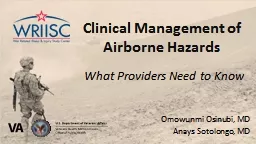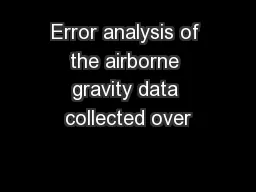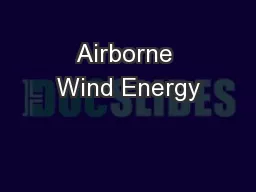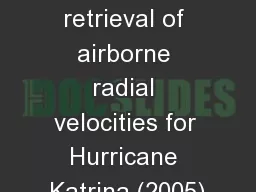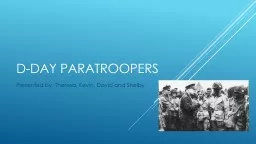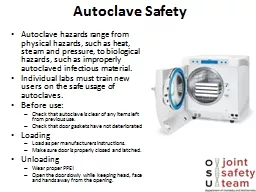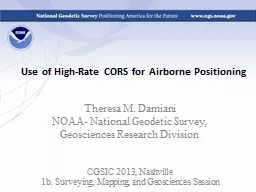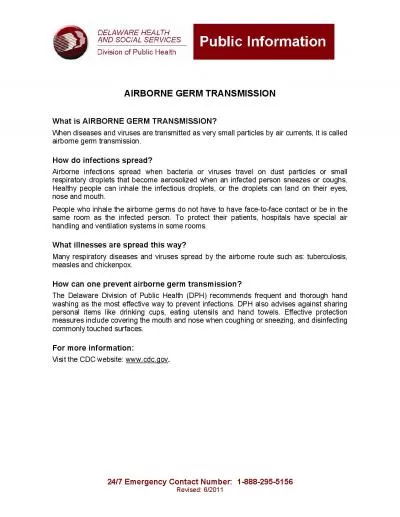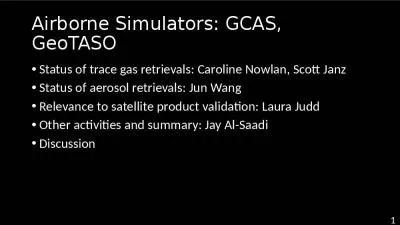PPT-Clinical Management of Airborne Hazards
Author : danika-pritchard | Published Date : 2015-10-16
What Providers Need to Know Omowunmi Osinubi MD Anays Sotolongo MD 1 in 3 r eport definite or probable exposure to environmental hazards 1 in 4 r eport persistent
Presentation Embed Code
Download Presentation
Download Presentation The PPT/PDF document "Clinical Management of Airborne Hazards" is the property of its rightful owner. Permission is granted to download and print the materials on this website for personal, non-commercial use only, and to display it on your personal computer provided you do not modify the materials and that you retain all copyright notices contained in the materials. By downloading content from our website, you accept the terms of this agreement.
Clinical Management of Airborne Hazards: Transcript
Download Rules Of Document
"Clinical Management of Airborne Hazards"The content belongs to its owner. You may download and print it for personal use, without modification, and keep all copyright notices. By downloading, you agree to these terms.
Related Documents

